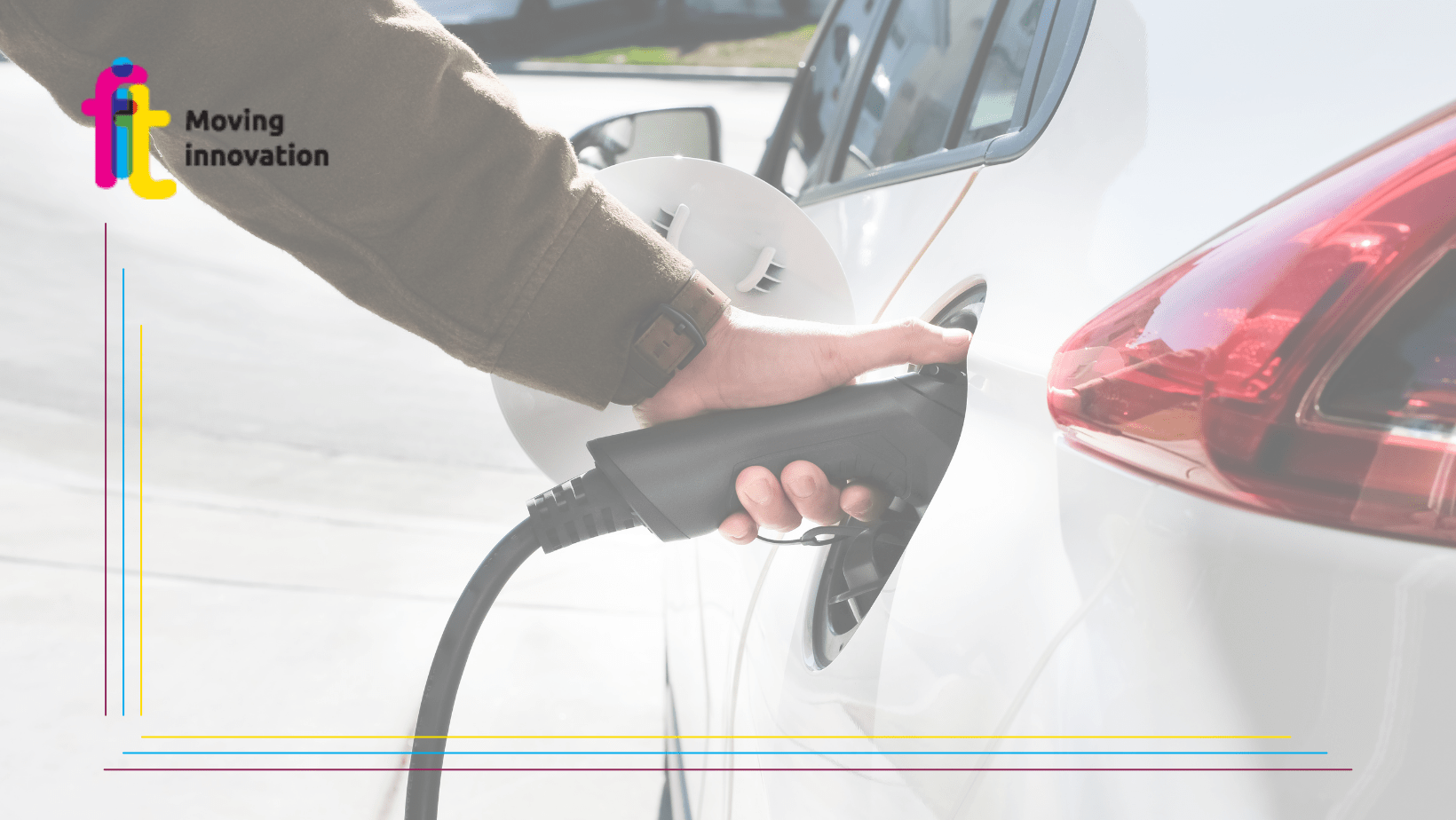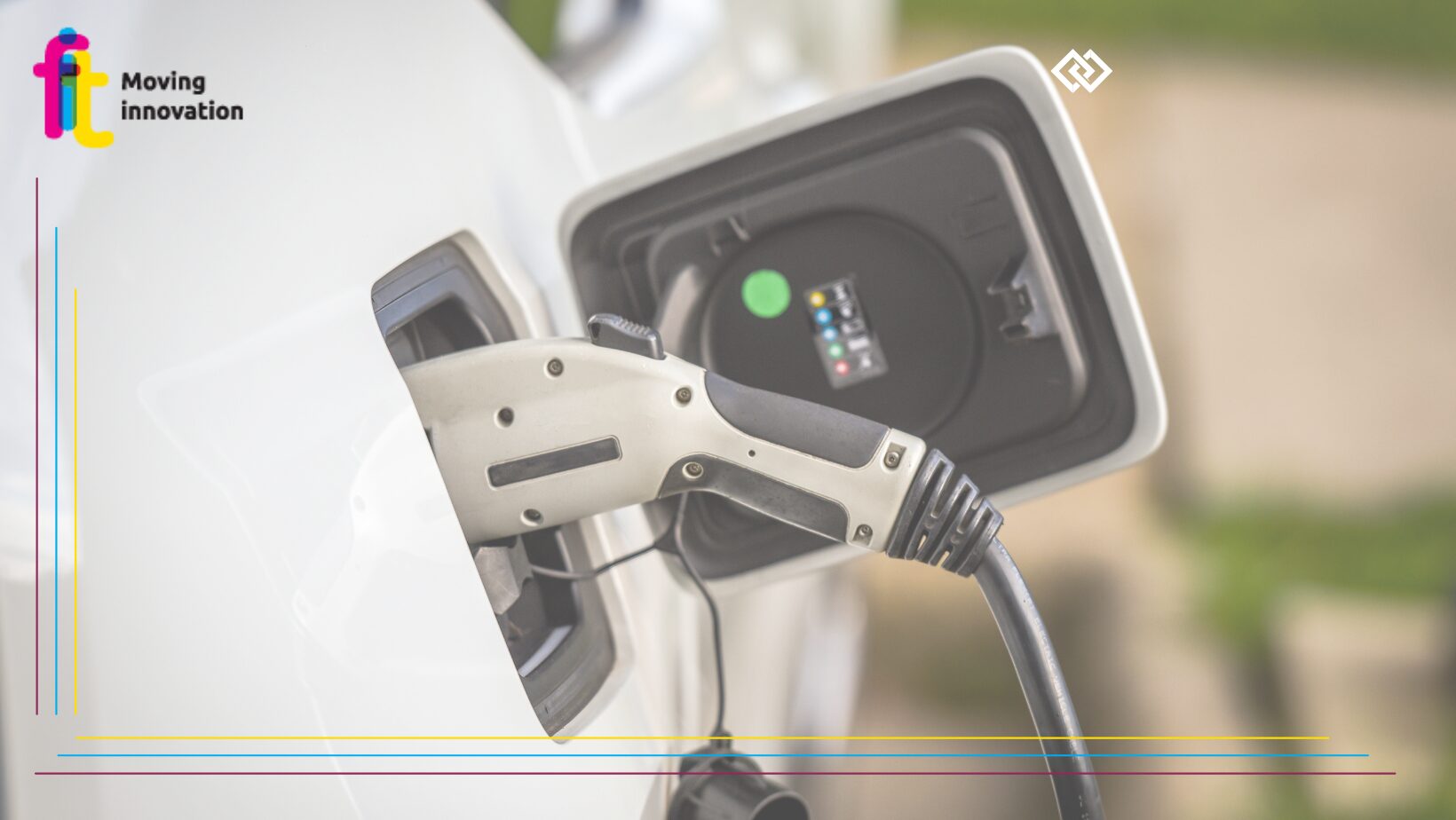According to data from Isfort’s 20th Mobility Report published last December, Italians move more and more by car and less and less by public transport. Faced with this scenario, it seems difficult to achieve the challenging targets set by Europe to limit the environmental effects of transport. We must therefore ask ourselves where we stand with the possible alternatives. For this reason, the Isfort Report contains a specific focus on the state of the art of electric mobility. Here are the key findings and what we should expect on the e-mobility front in the near future.
According to Isfort, Italians still consider electric cars to be too expensive compared to ‘traditional’ cars, so this option is struggling to take off, despite the fact that the number of recharging points has increased significantly and the electric market is generally experiencing a timid recovery.
So, are Italians ready to switch to the electric car? According to the Audimiob Observatory, yes: 5.3% of the respondents say they are already considering purchasing within the year and 33% within the next few years. A fairly homogeneous figure at territorial level, however the propensity is somewhat higher among respondents from the South.
Among the factors that negatively affect the possibility of purchase, the cost of the car is the most prominent (mean score 4.19 on a scale of 1-5). Less significant, in relative terms, is the issue of battery autonomy. In fact, as far as charging infrastructure electric, just under 20,000 were recorded at the end of 2022; the number of charging points, on the other hand, is over 36,000, with a increase of +46.2% and +41.2% respectively compared to the end of 2021. Compared to September 2019, however, both the number of infrastructures and the number of charging points have almost quadrupled. This is not insignificant, considering that there are a total of 22,700 traditional fuel stations in Italy. In other words, less than those dedicated to electric charging. The territorial distribution of recharging stations, however, rewards the north (almost 60% of points), while in the south and islands the incidence is just 20%.
Finally, the general growth trend of electric cars, as the Report states, has been impetuous in recent years, although there was a partial setback in 2022, also due to the reduced attractiveness of purchase incentives.
Looking at the numbers, hybrid-fuelled cars (HEVs) increased from just over 25 thousand registrations in 2015 (1.6% of sales) to almost 450 thousand in 2022 (34%); plug-in hybrid cars (PHEVs) increased from 890 registrations in 2015 (0.06% of sales) to almost 70 thousand in 2022 (5.11%), however with a decrease in 2022 (-3.2%). Finally, pure electrically powered cars (BEVs) increased from just under 1,500 registrations in 2015 (0.09% of sales) to over 67,000 in 2022 (5.11%). Yet the negative change between 2021 and 2022 was in this case very strong: -27% and a market share dropped from 4.61% to 3.73%.








